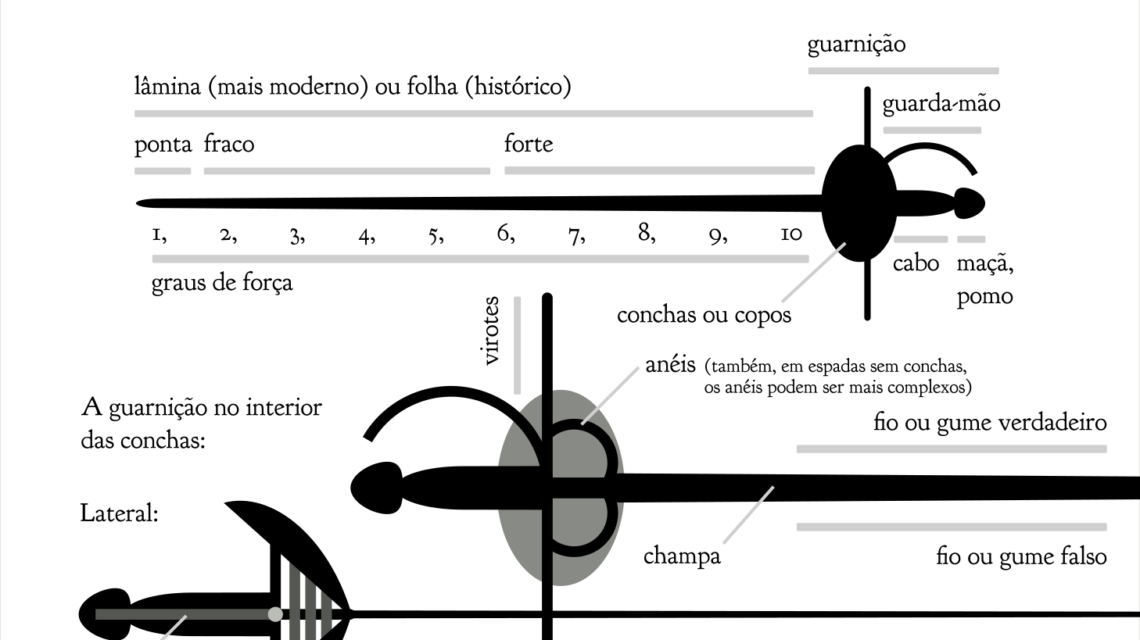Alguns nomes históricos em galego/português para as partes da espada Saturday February 8th, 2020 – Posted in: AGEA Documentos, Destreza Comum, Destreza Portuguesa, Verdadeira Destreza
Sorry, this entry is only available in Galego-Português. Diniz F. Cabreira Arte do Combate AGEA Editora Atualizado a 20200207 Introdução Com frequência ao estudar diferentes tradições de HEMA utilizamos termos emprestados de outros idiomas. Muitas vezes esses termos são flutuantes e mudam dependendo da fonte que estejamos a ler. Muitas vezes o campo lexical resultante é mistura de termos novos e antigos, específicos da nossa arte e emprestados, próprios à nossa língua e estrangeiros. É…
Continue reading





